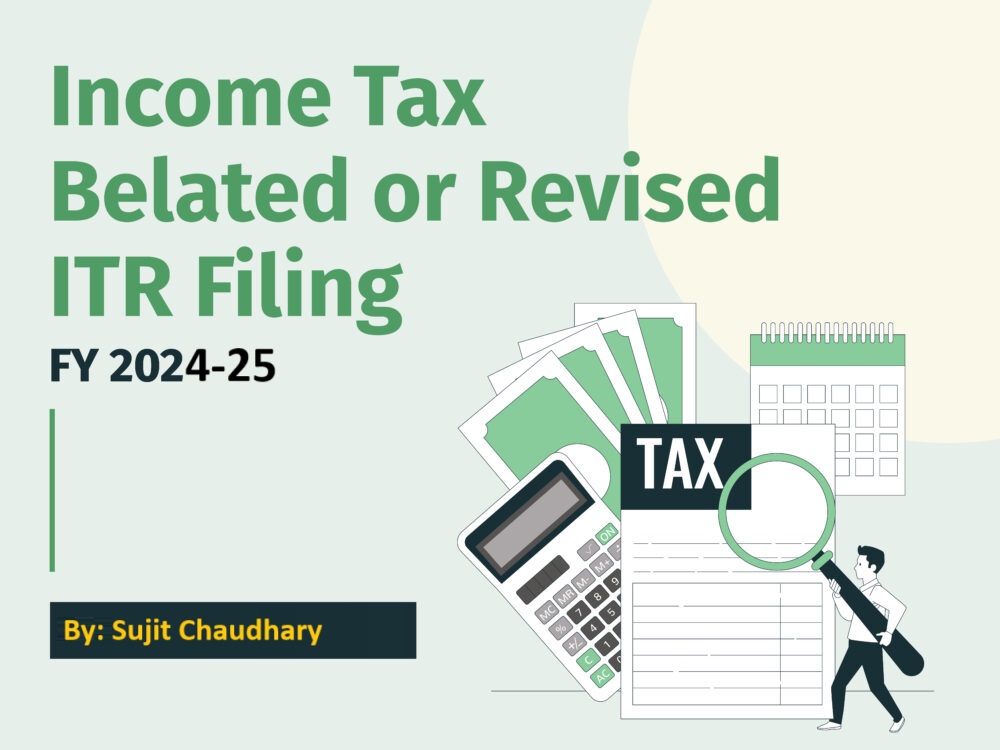Income tax is one of the primary sources of revenue for the government. It plays a vital role in funding infrastructure development, public services, healthcare, education, and other welfare initiatives. To comprehend the impact of income tax collections, it is essential to distinguish between gross and net collections and understand how these figures are calculated.
Gross Income Tax Collections
Gross income tax collections represent the total tax revenue collected by the government from individuals, businesses, and other entities before any deductions. It includes revenues from:
- Corporate Tax: Tax on the profits of companies.
- Personal Income Tax: Tax on individual earnings, including salaries, investments, and other sources of income.
- Other Income Taxes: Includes taxes on fringe benefits, dividends, and securities transactions.
Example:
In FY 2023-24, India’s gross income tax collection reached ₹18.05 lakh crore, marking a significant increase compared to the previous year.
Net Income Tax Collections
Net income tax collections are derived after deducting refunds issued to taxpayers. These refunds are adjustments made for overpayment of taxes due to factors like:
- Excess Tax Deducted at Source (TDS).
- Higher Advance Tax Payments.
- Deductions or Exemptions Available at the Time of Filing Returns.
Formula for Net Collection:
Net Income Tax = Gross Income Tax – Refunds Issued
Example:
If the gross income tax collection is ₹18.05 lakh crore and refunds amount to ₹2.75 lakh crore, the net income tax collection would be ₹15.3 lakh crore.
How Income Tax Collections Are Calculated
Income tax collections are based on the taxable income declared by individuals and entities. The process includes the following steps:
- Determination of Taxable Income
Taxable income is computed by deducting exemptions, deductions (e.g., under Section 80C, 80D), and losses from the gross income.
- Application of Tax Rates
Income is taxed as per the applicable slab rates for individuals or the specified corporate tax rates.
For Individuals: Progressive tax rates ranging from 5% to 30%.
For Corporations: Flat rates, such as 25% for companies with turnover up to ₹400 crore.
- Advance Tax and TDS
Advance Tax: Paid in installments during the financial year for anticipated tax liability.
TDS: Deducted at the source of income, such as salaries, interest, or rent.
- Self-Assessment Tax
If the total tax liability exceeds the sum of TDS and advance tax, taxpayers pay the remaining amount as self-assessment tax before filing returns.
- Refund Adjustments
Overpayments due to excessive TDS, advance tax, or incorrect tax calculations are refunded to taxpayers, reducing the gross collection to net collection.
Factors Affecting Income Tax Collections
- Economic Growth: Higher GDP growth increases corporate profits and individual incomes, leading to higher tax collections.
- Compliance Levels: Improved compliance and enforcement mechanisms enhance tax revenues.
- Policy Changes: Amendments in tax rates, exemptions, or deductions impact the revenue collected.
- Refund Trends: Timely processing of refunds affects the net tax collection figures.
Significance of Income Tax Revenue
- Funding Public Services: Helps the government finance healthcare, education, defense, and other critical sectors.
- Infrastructure Development: Provides capital for building roads, railways, ports, and other infrastructure.
- Reducing Fiscal Deficit: A higher tax collection reduces the gap between government spending and revenue.
- Social Welfare: Supports schemes aimed at poverty alleviation, employment generation, and rural development.
Conclusion
The government’s income from income tax collections—both gross and net—is a reflection of the country’s economic health and the effectiveness of its tax policies. While gross collections indicate the total revenue generated, net collections provide a clearer picture of the revenue available after adjusting for refunds. Understanding these figures helps taxpayers and policymakers assess the efficiency of the taxation system and its contribution to nation-building.


